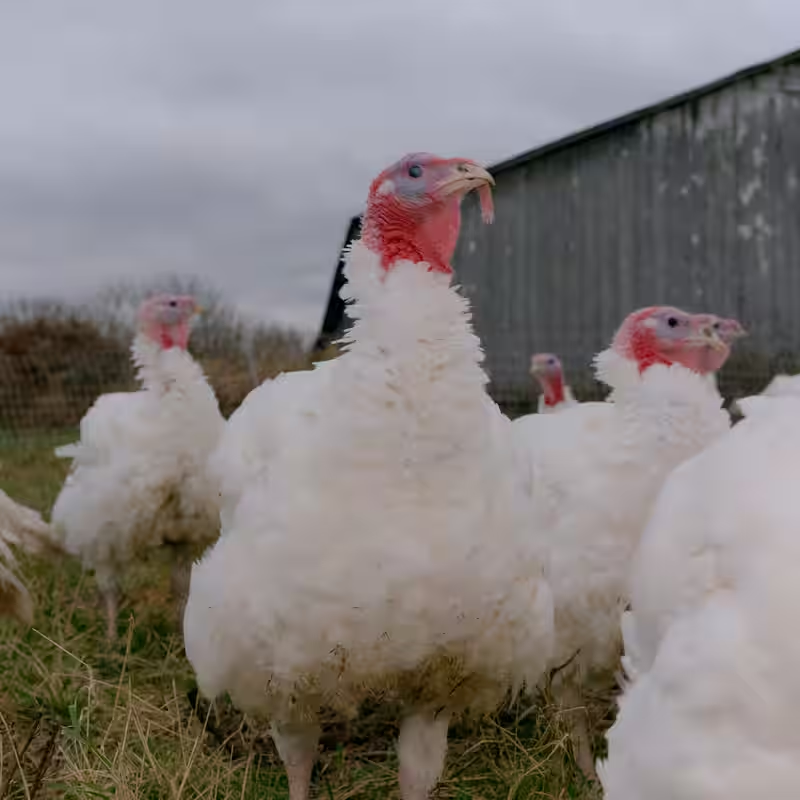Bird flu is back—and it’s hitting U.S. poultry farms at the worst possible time. After a relatively quiet summer, the highly pathogenic H5N1 avian influenza virus has resurged in the fall of 2025, sweeping through commercial and backyard flocks just weeks before Thanksgiving. To make matters worse, the outbreak is unfolding during a partial federal government shutdown, crippling the agencies tasked with containing it.
Bird Flu Returns With a Vengeance
Since early October, the U.S. Department of Agriculture (USDA) has reported dozens of new H5N1 outbreaks in poultry across at least 12 states, including major egg-producing regions like Iowa, Ohio, and Texas. Millions of birds have already been culled to prevent further spread—a grim echo of the 2022–2023 bird flu crisis that sent egg prices soaring.
“We’re seeing a sharp uptick in cases,” said Dr. Lena Torres, an avian disease specialist at Iowa State University. “Migratory waterfowl are likely reintroducing the virus as they fly south for winter, and farm biosecurity can only do so much.”
Holiday Meals at Risk
The timing couldn’t be worse. With Thanksgiving and Christmas approaching, demand for poultry—and especially eggs—is about to peak. Already, egg futures have jumped 18% on commodity markets, and grocery chains are bracing for potential shortages.
While human cases of H5N1 remain extremely rare in the U.S., health officials are on high alert. The virus has infected dairy cattle for the first time in 2024, and a handful of farmworkers have tested positive—raising concerns about its ability to adapt.
Bird Flu Meets Bureaucratic Gridlock
Perhaps the most alarming factor in this resurgence is the ongoing federal government shutdown. With non-essential USDA and CDC staff furloughed, surveillance, testing, and on-farm response efforts have been severely hampered.
“During a shutdown, we lose real-time data sharing, rapid diagnostics, and coordination with state vets,” explained Mark Ellison, a former USDA official. “That delay can mean the difference between containing an outbreak and watching it explode.”
What Consumers Should Know
- Eggs and poultry are still safe to eat when properly cooked (165°F internal temperature).
- Backyard flock owners should limit contact with wild birds and disinfect boots and tools regularly.
- Watch for price hikes—especially on cage-free and organic eggs, which are more vulnerable to supply shocks.
- No need for panic—human transmission remains exceptionally rare, but farmworkers should use PPE.
State Agencies Step In
With federal resources frozen, state departments of agriculture are taking the lead. California and Minnesota have activated emergency response teams, while Texas has launched a hotline for poultry farmers reporting sick birds.
Still, without federal coordination and funding, experts warn the outbreak could spiral—just as families prepare their holiday shopping lists.




